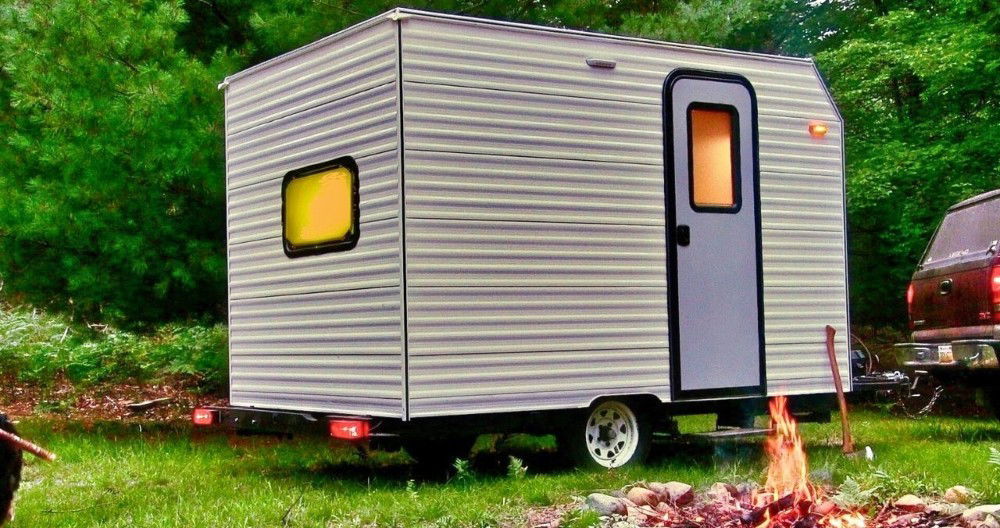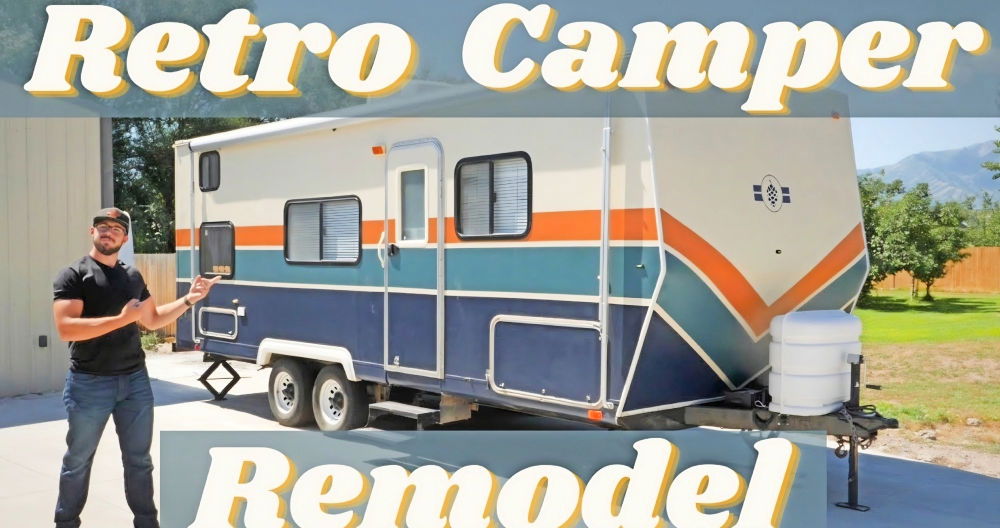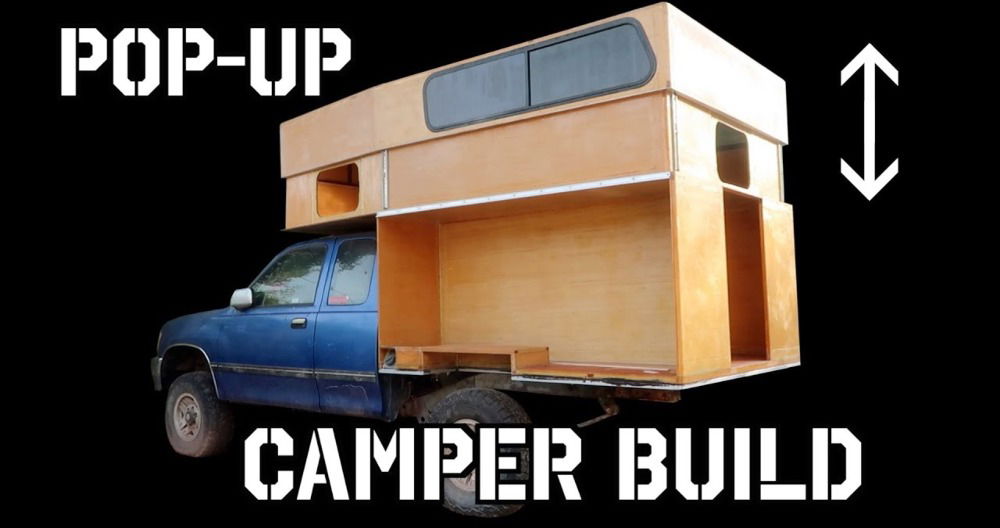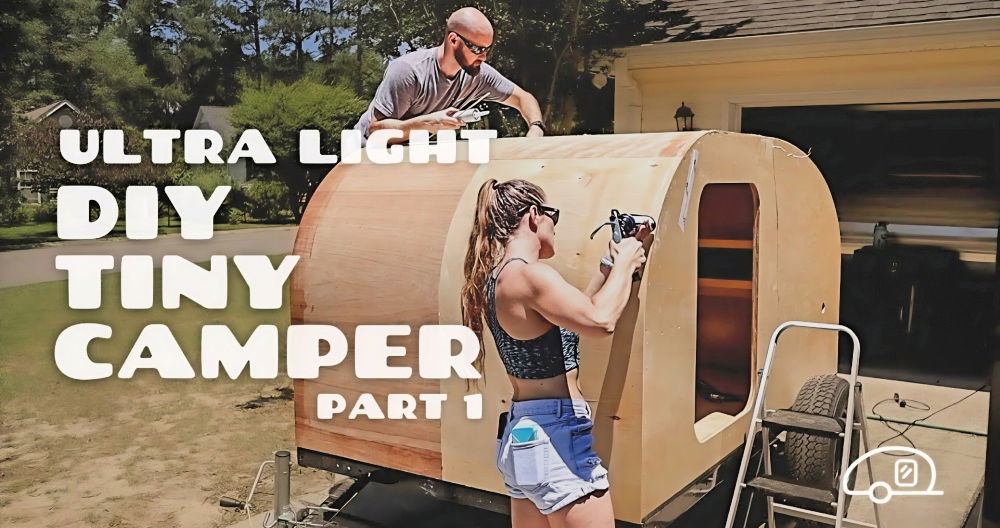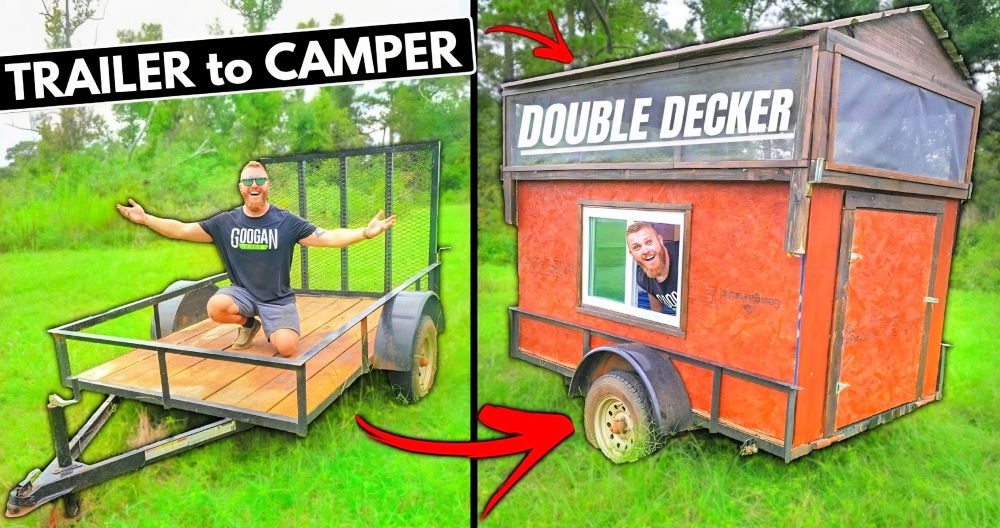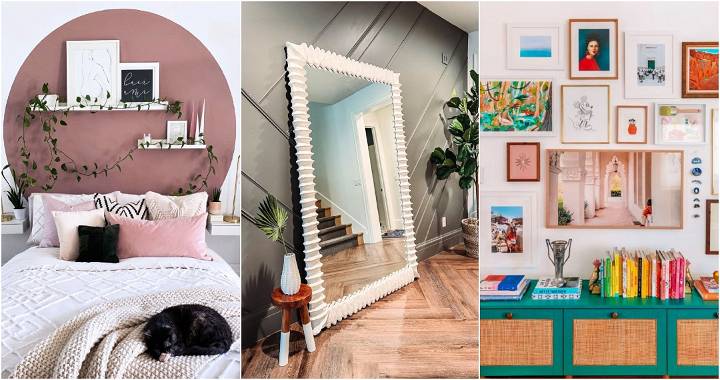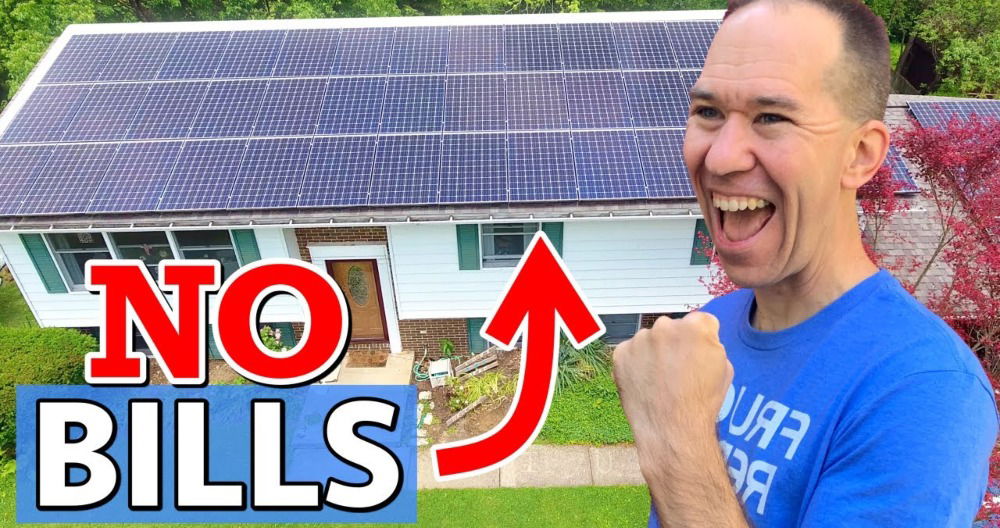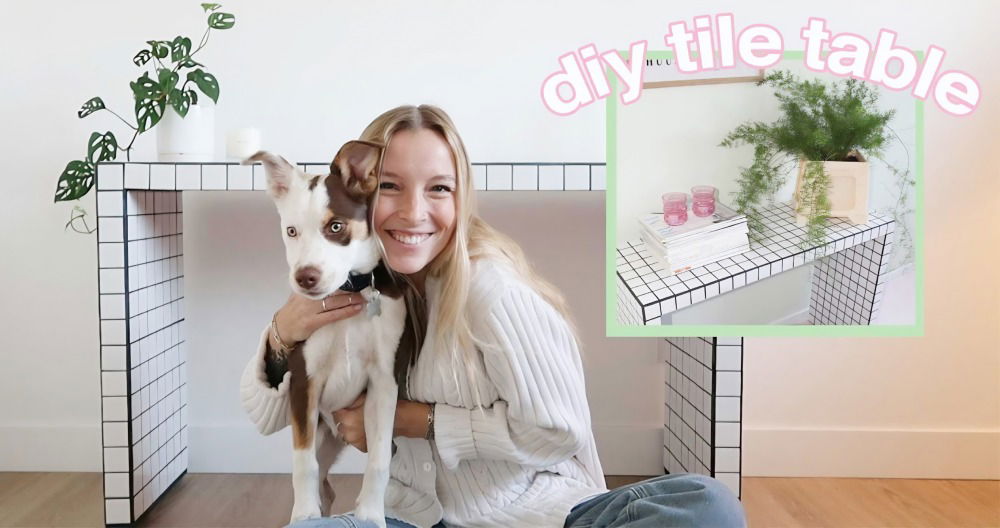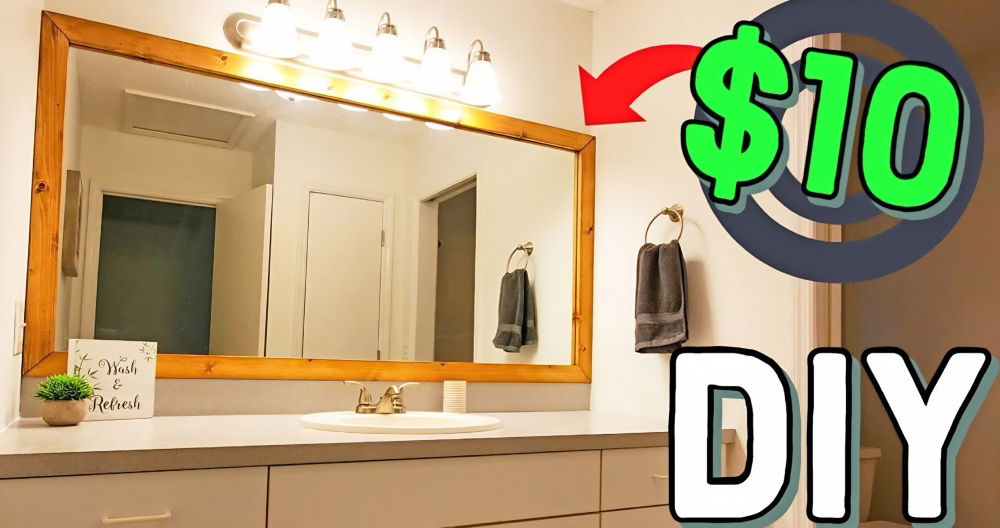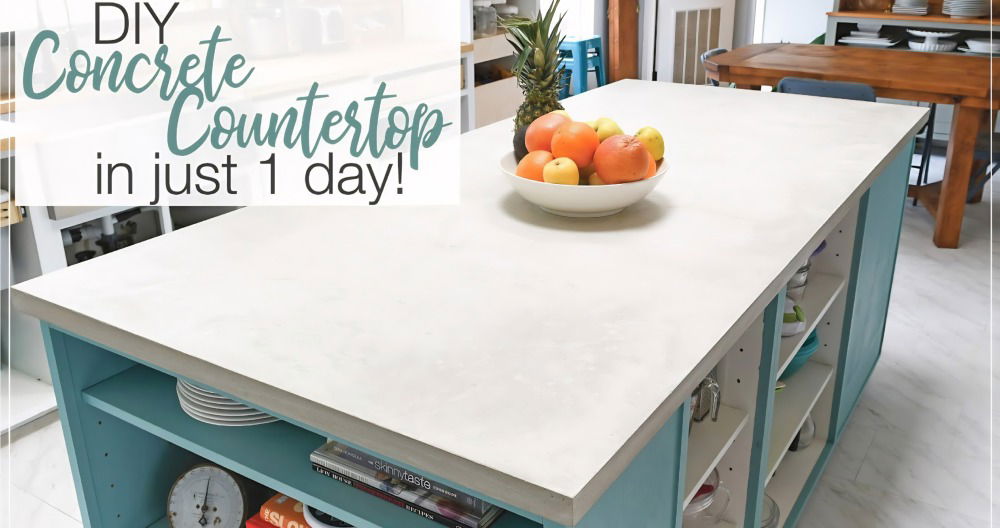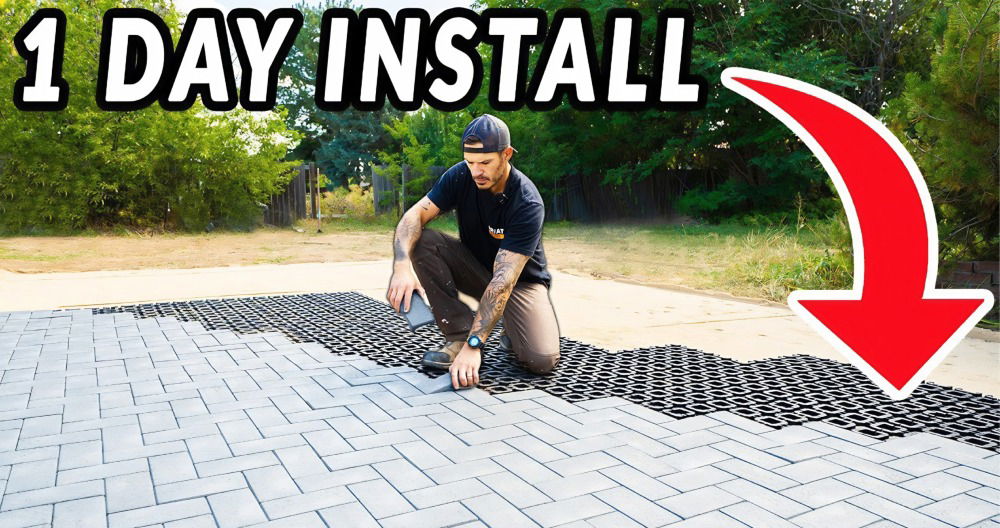Planning my own DIY overland camper trailer was both exciting and overwhelming. I had always wanted to get off the beaten path and explore new terrains. Little did I know, making a DIY camping trailer could be budget-friendly and incredibly fulfilling. I started researching and gathering materials that I could find at a low cost or even free.
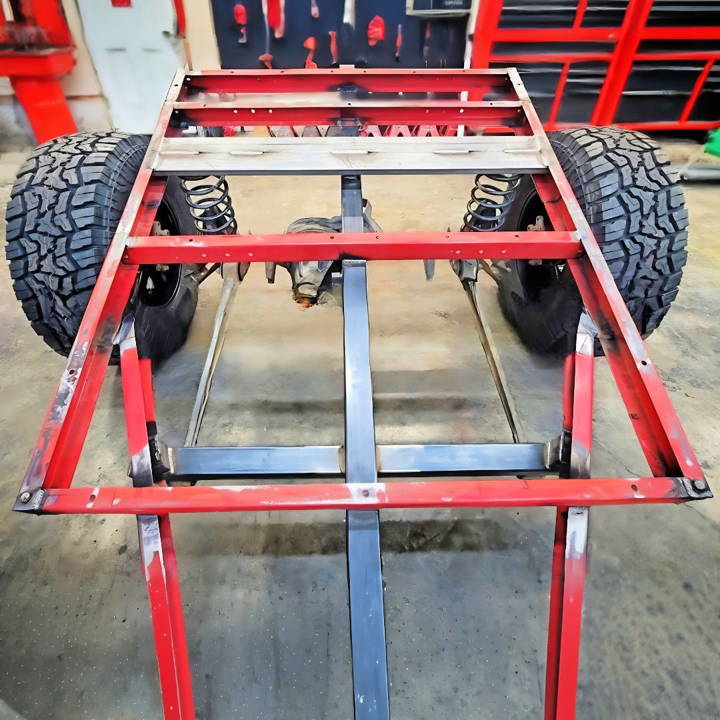
The process wasn't without challenges. From cutting wood correctly to finding the proper tools, I had to learn a lot. To my delight, each step made me feel more accomplished. I soon found that this DIY camper trailer project not only provided a great recreational vehicle but also taught me useful skills. The sense of achievement is remarkable, and I'm sure you will feel the same way.
These tips and tricks will guide you through your own DIY camper trailer project, making the journey smoother and more rewarding. Following this advice will help you make your dream a reality without breaking the bank.
The Materials: Purpose and Necessity
- Old Harbor Freight Trailer: A cost-effective foundation with a valid VIN, essential for legal reasons.
- Recycled Parts: Utilizing spare parts not only saves money but also aligns with my goal of making a budget-friendly build.
- Land Rover Axle and Suspension Components: Chosen for their durability and the added bonus of having them readily available.
- Welding Equipment: Indispensable for reinforcing the trailer structure and ensuring long-term reliability.
- Water Tank (15 Gallons): Low placement is crucial for maintaining a low center of gravity, improving stability off-road.
Step by Step Instructions
Learn how to build an overland trailer with step-by-step instructions. Ensure structural integrity, utility, and comfort while overcoming challenges on the road.
Reinforcement and Structural Integrity
The flimsiness of the trailer as received was unmistakable, so the first order of business was removing the center hinge — a feature designed for compact storage but detrimental to structure rigidity. Welding replaced bolts wherever possible, turning multiple weak points into a cohesive, single unit. This not only eliminated potential loosening but also significantly enhanced the trailer's overall strength.
Incorporating the Axle and Suspension
The choice to repurpose the Land Rover axle and suspension came naturally given my inventory of spare parts. This addition wasn't just about sticking to a budget; it was about ensuring the trailer could withstand the rigors of off-road travel. Mounting the axle required careful deliberation, aiming for a setup that combined robust support with necessary flexibility.
Designing for Utility and Comfort
The overarching goal was to build a trailer that served both as a gear carrier and a comfortable living space while camping. The two-tier design emerged as a solution — lower for storage and higher for the rooftop tent, ensuring ample room without compromising on vehicle dynamics. Emphasizing the importance of weight distribution, the water tank's positioning was meticulously planned to lower the center of gravity, countering the potential top-heaviness of the tent setup.
Facing Challenges Head-On
Adapting the wheel adapters from Land Rover to a more universal size was a minor technical hurdle, overshadowed by the challenge of ensuring the trailer's stability. The initial bounce observed during testing underscored the need for shock absorbers. This not only highlighted the necessity of detailed planning but also the inevitability of adjustments along the way.
The Road Ahead
With the trailer now mobile, albeit in a basic form, the project's next phases loom large. Future efforts will focus on gusseting for enhanced impact resistance, water tank installation, and further refinements to ensure smooth trail navigation. Each step forward is an opportunity to learn and adapt, with the ultimate aim of crafting not just a trailer but a trusty companion for outdoor adventures.
Personalization Tips for Comfort and Style
When it comes to making your DIY overland trailer, personalization is key to making it feel like a home away from home. Here are some tips to help you add comfort and style to your trailer, ensuring that it not only serves as a functional travel companion but also reflects your personal taste.
Choose a Theme
Start by deciding on a theme that resonates with you. It could be a color scheme, a particular style like rustic or modern, or even inspired by your favorite travel destinations. Consistency in design will make your space feel cohesive and well thought out.
Select Comfortable Furnishings
Opt for furniture that maximizes comfort without taking up too much space. Multi-functional pieces like a sofa bed or a table that convert into additional sleeping space are great options. Ensure that the upholstery is durable and easy to clean.
Incorporate Soft Textiles
Soft furnishings can make a big difference in the comfort level of your trailer. Add cushions, throws, and rugs that not only add a pop of color but also provide warmth and comfort during your travels.
Install Efficient Lighting
Good lighting is crucial. Install LED lights for their long life and energy efficiency. Consider adding dimmers to build ambiance and reduce eye strain. Don't forget task lighting in areas like the kitchen or reading nooks.
Add Personal Touches
Decorate with items that have sentimental value or remind you of past adventures. Photos, souvenirs, or even a small collection of books can make your trailer feel more personalized.
Think About the Exterior
The outside of your trailer is just as important as the inside. Choose a paint color that stands out or goes with the theme of your trailer. Add an awning or outdoor seating to extend your living space.
Keep it Practical
While style is important, functionality should not be compromised. Ensure that every addition serves a purpose and contributes to the overall usability of your trailer.
Follow these tips to make your trailer stylish, comfy, and uniquely yours. The goal is to build a second home for your adventures.
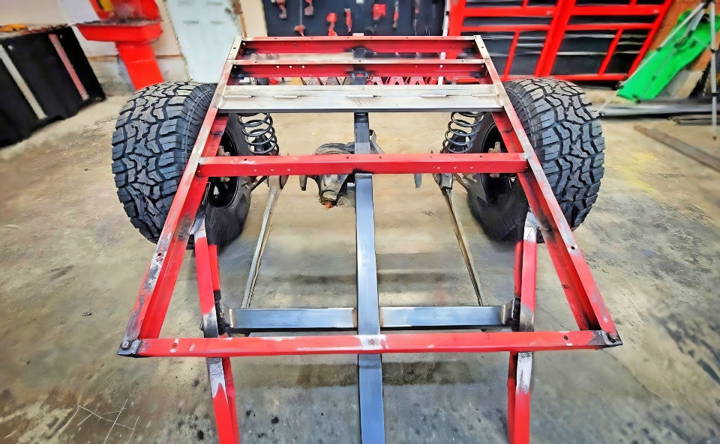
Innovative Storage Solutions
Building efficient storage solutions is crucial for maximizing space in your DIY overland trailer. Here's how you can organize your space smartly and effectively:
Utilize Vertical Space
Make the most of your trailer's height. Install shelves and cabinets that reach up toward the ceiling. Use stackable bins and drawers to keep items organized and easily accessible.
Opt for Modular Furniture
Choose furniture that can be easily reconfigured. Modular pieces can serve multiple purposes, such as a bench that doubles as storage or a table that folds away when not in use.
Invest in Multi-Use Items
Select items that have more than one function. For example, a cutting board with built-in storage for knives or a collapsible bucket that can be flattened when not needed.
Implement Slide-Out Systems
Install slide-out drawers or trays in deeper compartments. This will allow you to reach items at the back without having to remove everything in front.
Use Wall and Door Organizers
Attach organizers to the inside of cabinet doors or along the walls. These can hold everything from spices in the kitchen to tools and equipment for quick repairs.
Consider Custom Built-Ins
If you have specific items that need storage, consider custom-built solutions. Tailor-made compartments ensure that everything has a place, reducing clutter and disorganization.
Add External Storage Options
Don't forget the exterior of your trailer. Rooftop carriers, bike racks, and rear-mounted boxes can provide additional space for items not needed inside the living area.
By incorporating these innovative storage solutions, you'll be able to keep your overland trailer organized, functional, and ready for any adventure.
Safety and Maintenance Best Practices
Maintaining your DIY overland trailer is essential for ensuring safety on your adventures. Here are some best practices to keep your trailer in top condition:
Regular Inspections
Before and after each trip, inspect your trailer thoroughly. Check for any signs of wear and tear, especially on the tires, brakes, and hitch components. Look for cracks, rust, or other damage that could compromise safety.
Tire Maintenance
Keep your tires in good shape by regularly checking the pressure and tread depth. Proper tire pressure is vital for safe towing and handling. Replace tires if they show excessive wear or damage.
Wheel Bearings
Wheel bearings are crucial for smooth travel. Inspect them regularly and grease them as needed to prevent friction and overheating, which can lead to failures on the road.
Brake System
Your trailer's brakes are a critical safety feature. Maintain them according to the manufacturer's recommendations. Check for wear and ensure they are functioning correctly before each trip.
Electrical Systems
Test all lights and electrical wiring frequently. Ensure that your trailer's lights are synchronized with your vehicle's to communicate turns and stops to other drivers.
Hitch and Safety Chains
The hitch and safety chains are your trailer's lifeline to your vehicle. Lubricate the hitch to prevent sticking and inspect the safety chains for any signs of weakness or damage.
Clean and Dry
Keep your trailer clean and dry. Moisture can cause mold and rust, while dirt and grime can hide potential problems. Regular cleaning will also make inspections easier and more effective.
Storage Solutions
Ensure all your gear is securely stored and won't shift during travel. Use straps, bungee cords, or custom storage solutions to keep items in place.
By following these safety and maintenance best practices, you'll help ensure that your DIY overland trailer is ready for many more journeys to come.
FAQs About DIY Overland Trailer
Discover the essential FAQs about DIY overland trailers. Get answers to common questions on building, modifying, and using your own overland trailer.
A DIY overland trailer is a custom-built trailer designed for off-road travel and camping. It’s typically made by individuals who want a personalized setup for their outdoor adventures. These trailers can vary in size, features, and complexity, depending on the builder’s skills and requirements.
Yes, even with minimal experience, you can build a DIY overland trailer by following detailed guides and tutorials. There are many resources available online, including step-by-step videos and articles that can help you through the process. However, it’s important to have a basic understanding of tools and construction principles.
Common features of DIY overland trailers include:
Sleeping quarters: A comfortable area for resting, often with a mattress or sleeping pads.
Kitchen galley: A space for cooking and food preparation, usually equipped with a stove, sink, and storage.
Water system: Tanks or containers for fresh water supply, sometimes with a filtration system.
Electrical system: Wiring for lights, charging ports, and other electronics.
Storage: Compartments and racks for gear, tools, and supplies.
To ensure your trailer is safe and roadworthy, focus on the following:
Structural integrity: Use sturdy materials and ensure all joints are properly welded or bolted.
Suspension and tires: Choose off-road capable suspension and tires suitable for the weight and intended use of your trailer.
Brakes and lights: Install a reliable braking system and ensure all lights are functioning correctly for visibility and safety.
Regular inspections: Check your trailer before each trip for any potential issues or necessary repairs.
Yes, you can add solar power to your DIY overland trailer. You'll need solar panels, a charge controller, batteries, and an inverter. Mount the solar panels on the roof or a foldable rack. The charge controller regulates the power going to the batteries, and the inverter converts the stored DC power into AC power for your appliances. This setup can provide a sustainable energy source for lighting, charging devices, and running small appliances while off-grid.
Final Thoughts
Building your own DIY overland camper trailer can be a rewarding experience. Let's start this helpful journey together. You got this!


